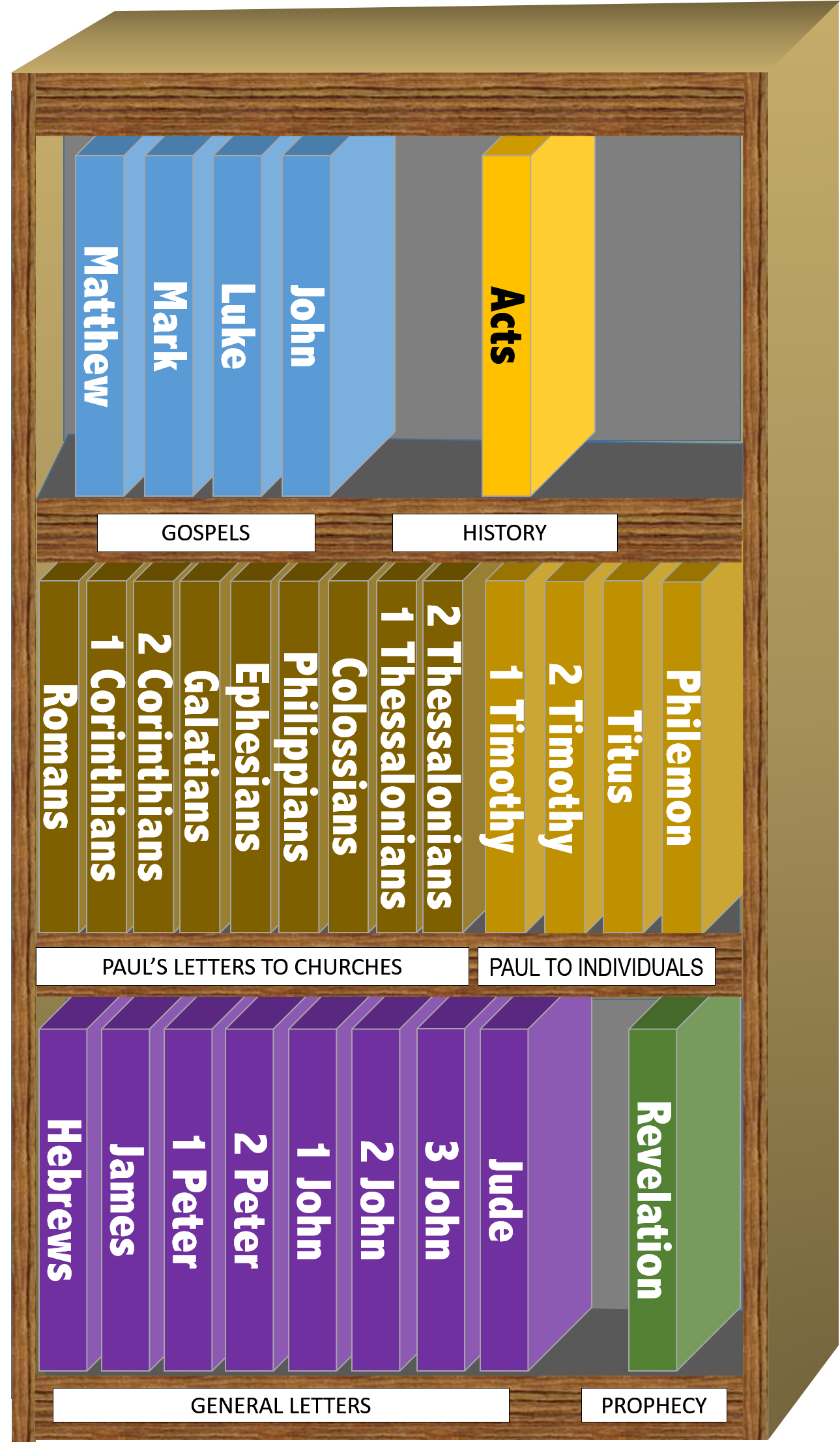
The Gospels
The first four books of the New Testament— Matthew, Mark, Luke, and John— are known as the Four Gospels. They are four different accounts of the life of Christ, each with its own starting point and ending point.
–The Synoptic Gospels
Because Matthew, Mark, and Luke often share the same or similar wording, we call them the Synoptic Gospels (‘synoptic’ means “to see together”). Despite many similarities, each of the Synoptic Gospels has its own distinguishing characteristics. Matthew, for example, presents Jesus as the fulfillment of many Old Testament prophecies and emphasizes his royal heritage. Mark presents Jesus as a man of action, and Luke demonstrates his concern for the poor,
– The Fourth Gospel
The Gospel of Johnis quite different from the synoptic Gospels. its main focus is to present Jesus as God in the flesh, revealing himself as the unique and powerful Savior of the world.
History
The Book of Acts follows the Four Gospels. Its full title is Acts of the Apostles, but more accurately we could call it Some of the Acts of Some of the Apostles. It tells what happened to the followers of Jesus from the time of his resurrection but until the arrival of the apostle Paul in the city of Rome about 30 years later.
Although we could wish that Acts gave us more details of what happened,the facts that it does offer are enough to provide us with a historical framework for the dating of many of the letters in the category that follows.
Letters
Twenty-one of the New Testament books are actually letters that first-century church leaders wrote to churches, individuals, or groups.
– Letters of Paul
Thirteen of these letters come from the apostle Paul. The order of these letters in an English Bible is based on a double-sorting: letters to churches, from longest to shortest (Romans, First and Second Corinthians, Galatians, Ephesians, Philippians, Colossians, and First and Second Thessalonians), followed by letters to individuals, longest to shortest (First and Second Timothy, Titus, and Philemon). This ordering by length means that Paul’s letters are not in chronological order (Galatians and the Thessalonian letters are the earliest, second Timothy the latest).
Another way to group the letters of Paul is by arranging them according to four periods of Paul’s ministry: The Early Letters ( Galatians and Thessalonians), the Travel Letters (First Corinthians, Romans, and Second Corinthians), the Prison Letters (Ephesians, Philippians, Colossians, and Philemon), and the Late Letters, better known as the Pastoral Letters (First Timothy, Titus, and Second Timothy).
– General Letters
The final eight letters, known as the General Letters because their intended addressees are unknown, consist of the anonymous Letter to the Hebrews, a letter by James, two by Peter, three by John, and one by Jude. James and Jude are half brothers of Jesus.
Prophecy
The New Testament’s last book, both in order and probably in the date of its writing, is the Book of Revelation, also known as the Apocalypse. It contains prophecies of “what must soon take place” for the original readers, the Christians of seven churches in the Roman province of Asia. Like the other writings of the New Testament, however, it has a practical message for people in modern times.
Keeping this orderly arrangement in mind will help you to navigate your way through the books of the New Testament.
